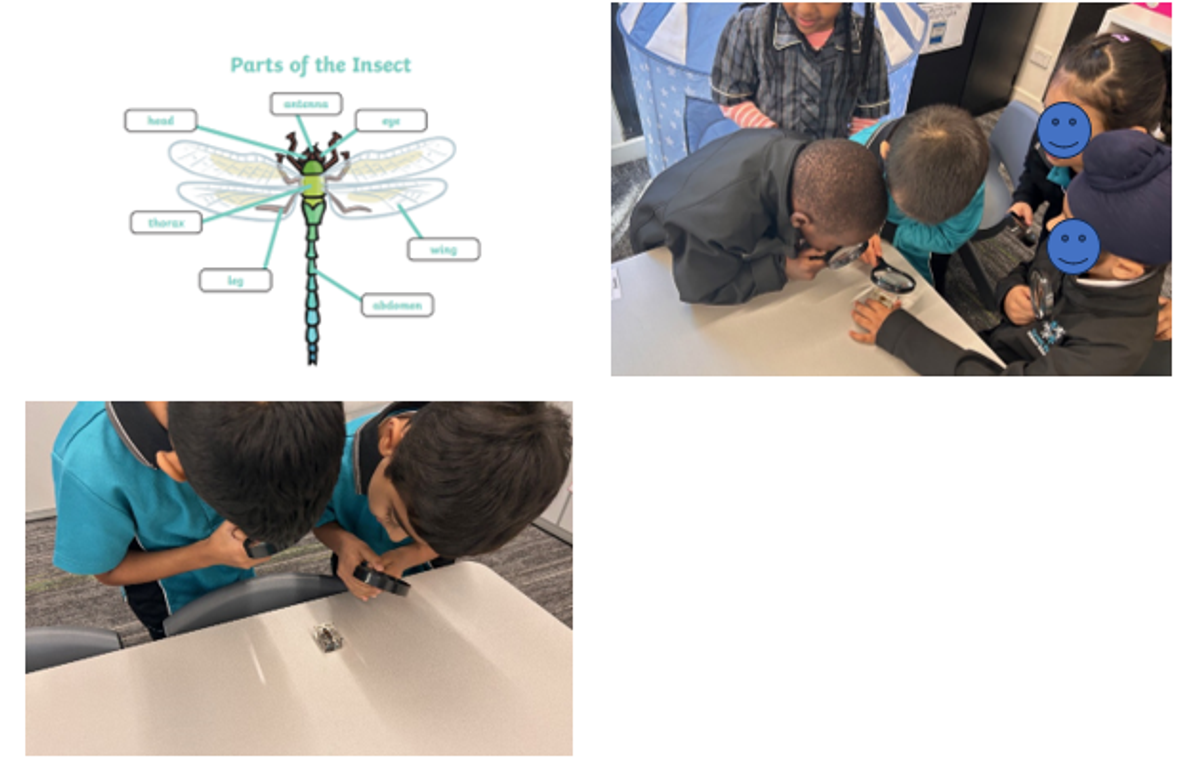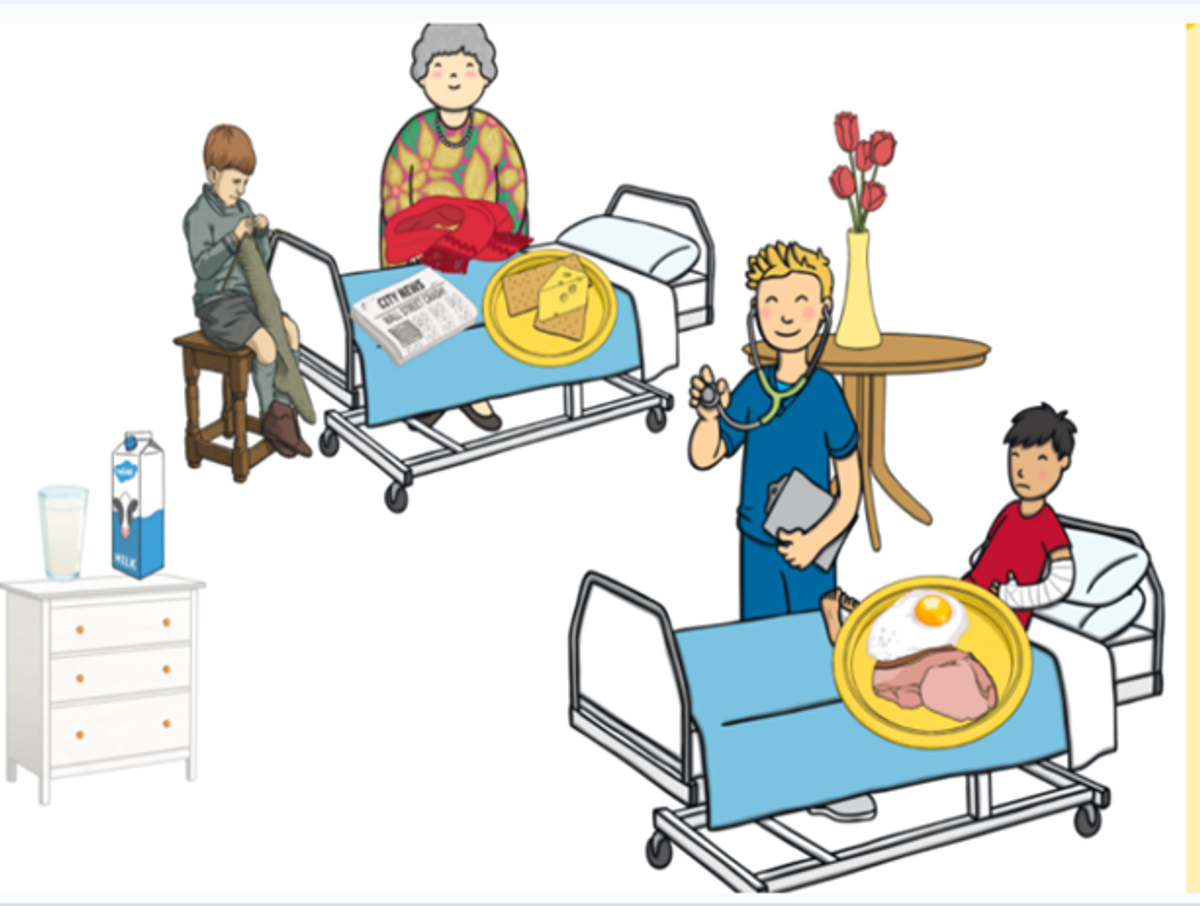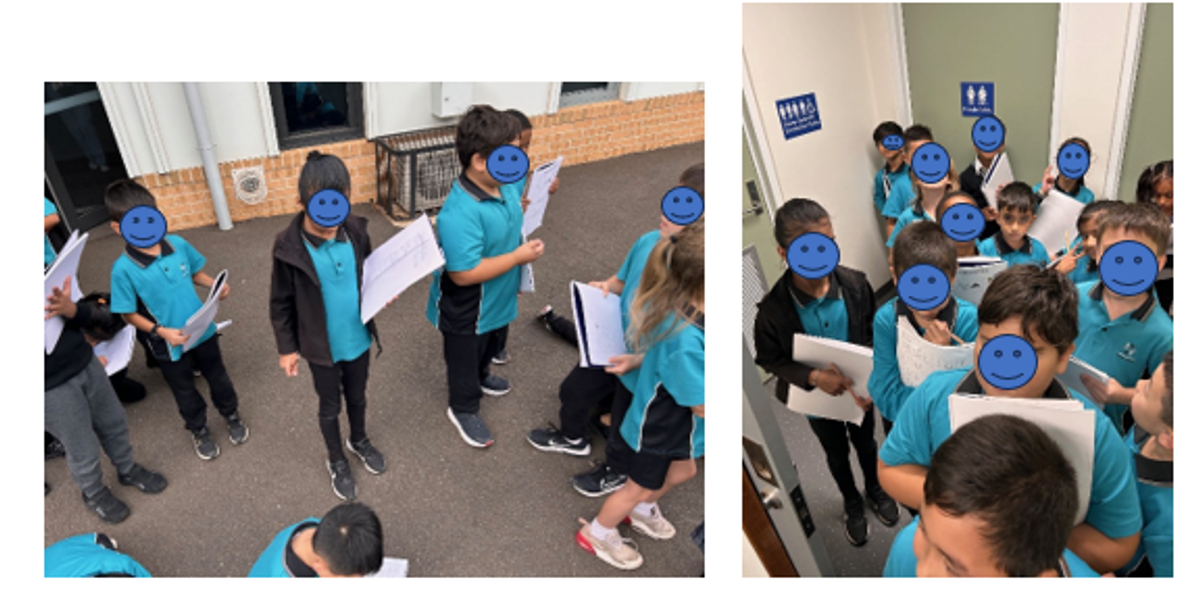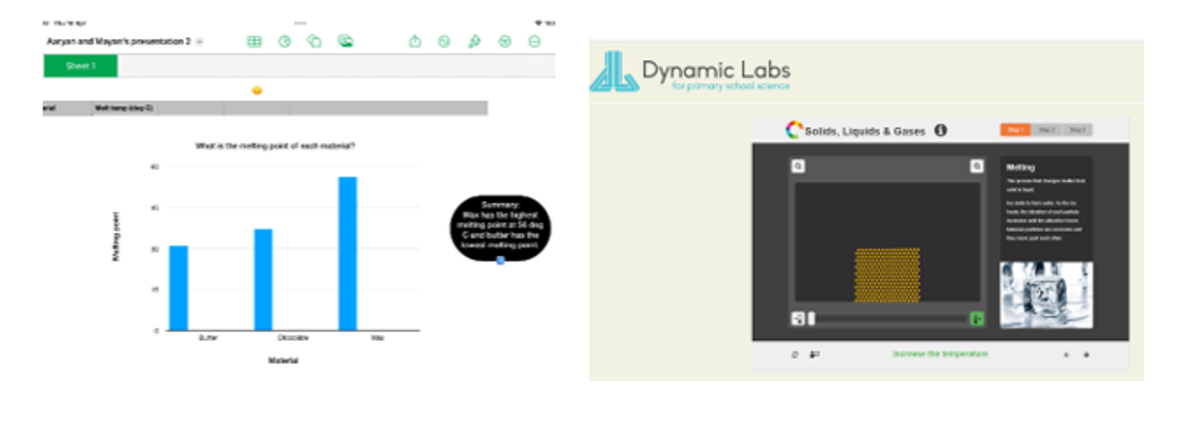STEM News
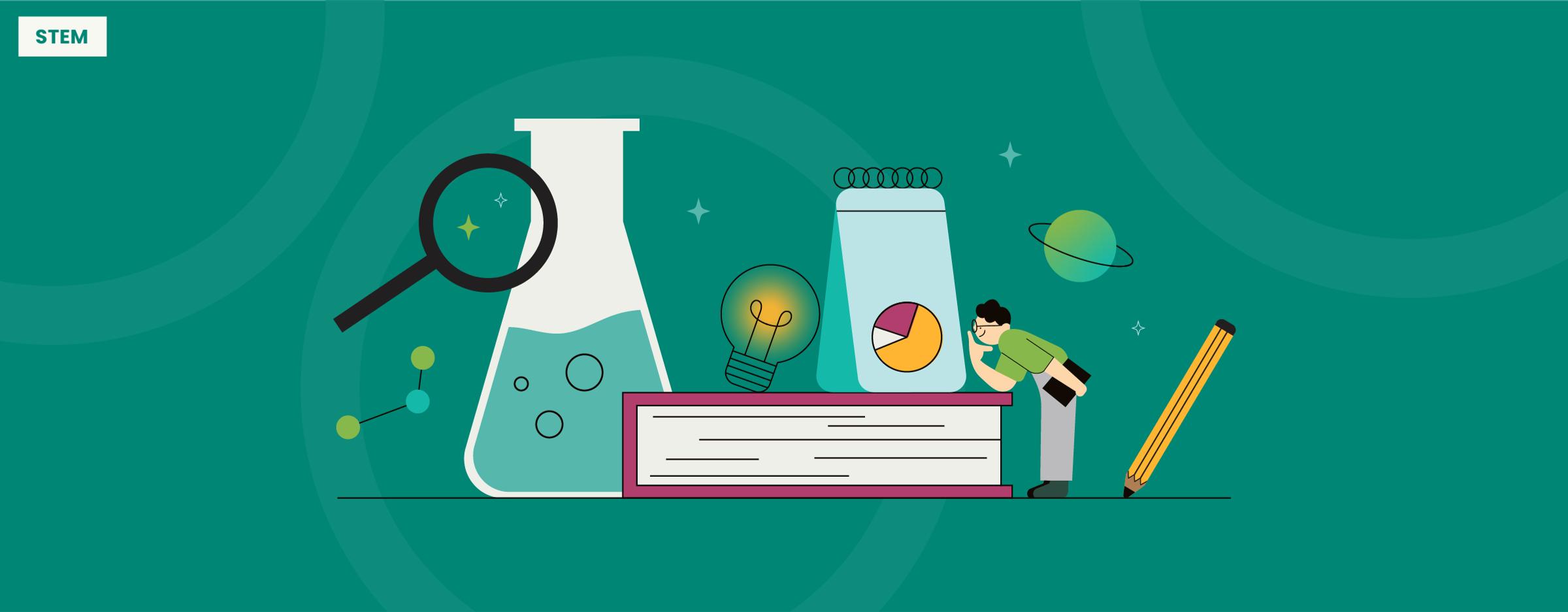
All students have settled well into Term 2. It has been lovely to hear about the students’ experiences with Science over the break – keep talking to your kids about the world around them…it’s a fascinating place!
Preps started the term by looking at the different parts of an insect body. They will be able to distinguish an insect from other types of animals because they know that insects have 6 legs and 3 different body sections. Students also used magnifying glasses to look closely at insects in resin.
Grade 1 students have been learning about different products that animals give us, including food and clothing. This led to some interesting conversations about how cows are milked, and also about goat’s being milked and goat’s cheese!
Students found over 9 products in this picture that could possibly have come from animals. How many can YOU find?
Grade 2 students started their term exploring light and dark places around the school, and natural and artificial light sources. They identified what makes a space and what makes it dark, noticing factors like lights, glass doors, windows, shiny surfaces and light-coloured paint.
Grade 3 students finally got to test and evaluate the solar ovens that they started at the end of last term. Even though some of the students renamed them “solar fridges”, everyone enjoyed eating a cookie and evaluating what could have worked better with their group and design.
Grade 4 students have finished off the last slides in their website about how drought affects landscapes, people, animals and plants. Next week students will present their completed websites to the class.
Grade 5 students started their unit on Space Science by investigating different facts about each of the planets in our Solar System. Students recorded facts such as how long it takes to orbit, how long it takes to rotate once on its axis, the temperature on each planet and the size.
Grade 6 students started their unit on chemistry by recording and graphing data from an online simulation showing the melting temperatures of different substances, such as butter, chocolate and wax. Their focus was to use the Numbers app to create digital representations of data.
